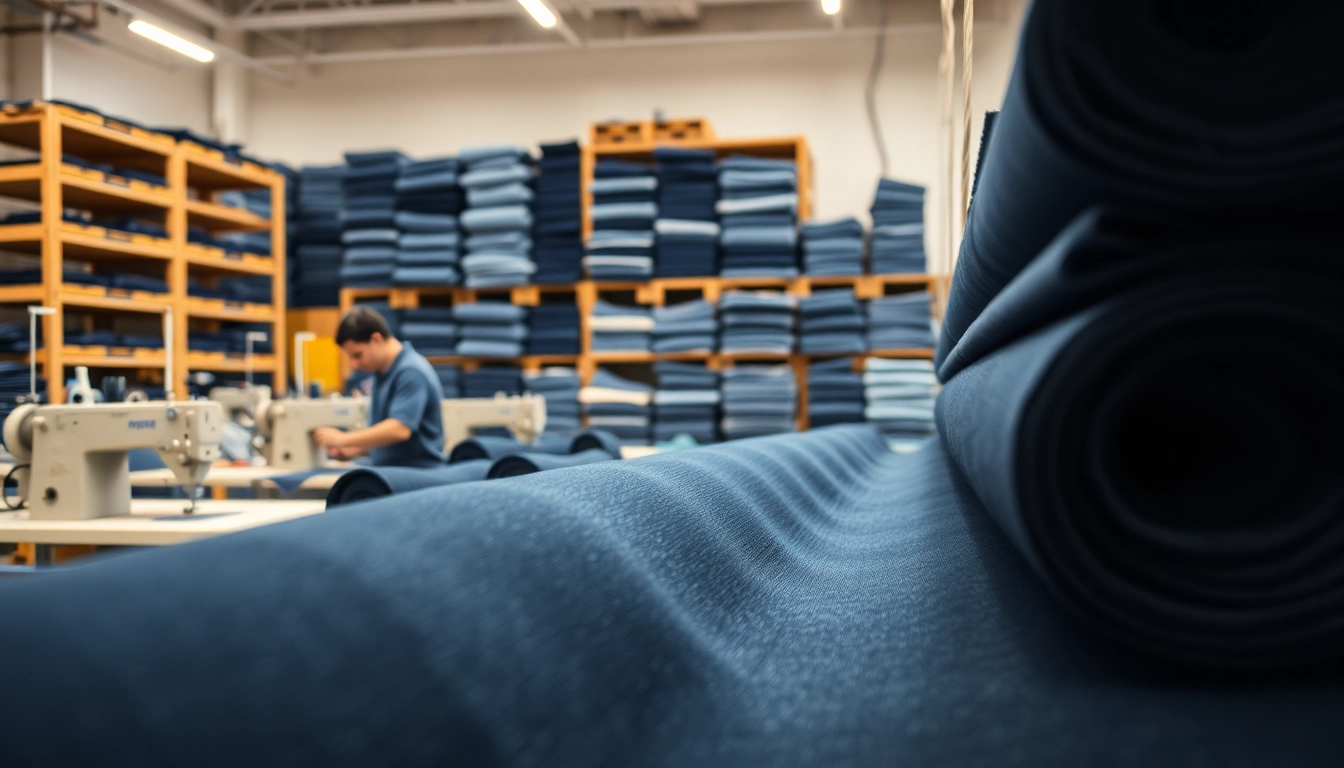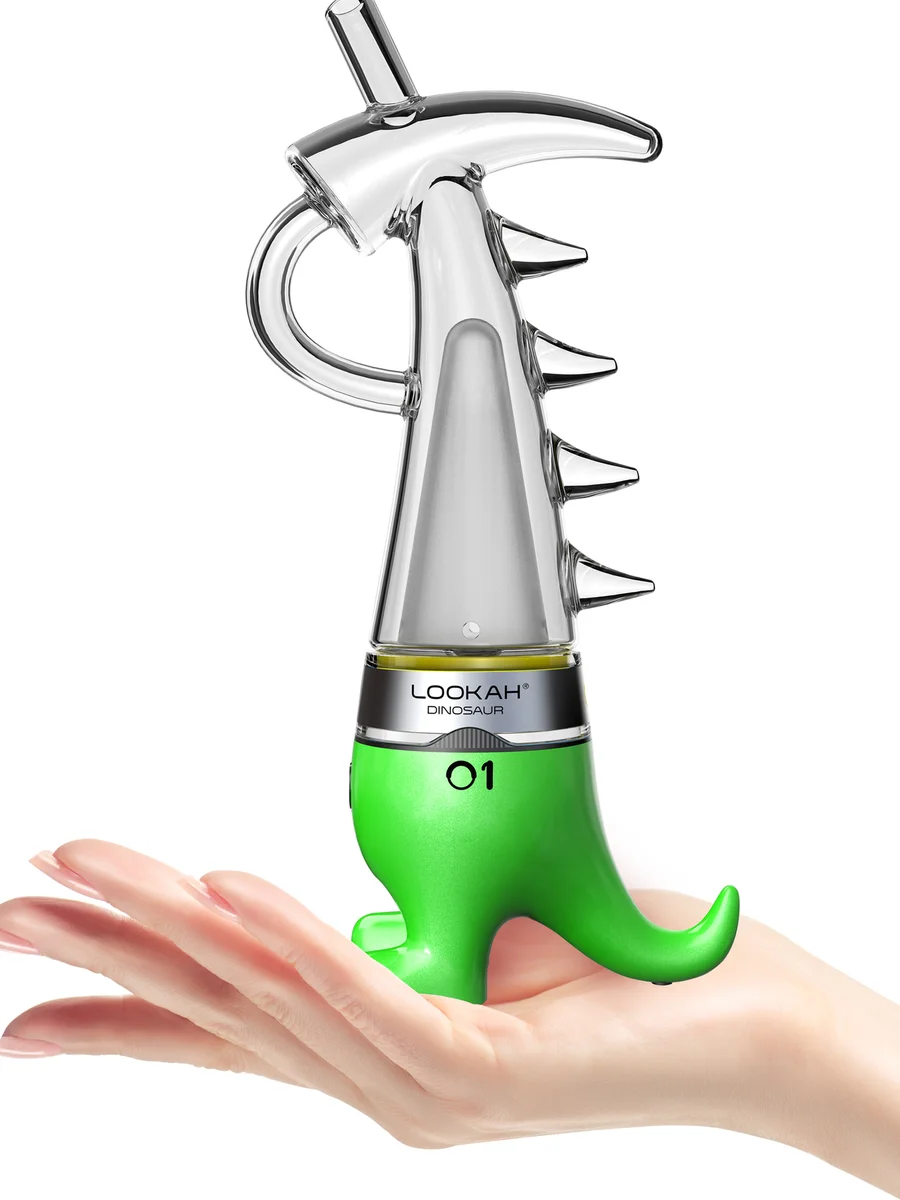The Evolution of Jeans Cloth Manufacturers
Historical Background
The jeans fabric has its roots in the 17th century, originating in the city of Nîmes in France. The sturdy fabric, known as ‘serge de Nîmes,’ eventually evolved into what we now refer to as denim. Initially, denim was produced using a blend of cotton fibers, making it a durable option for workwear. As the fabric grew in popularity, particularly among laborers and gold miners during the U.S. Gold Rush, the need for specialized jeans cloth manufacturers emerged.
By the late 19th century, Levi Strauss and Jacob Davis patented the concept of riveted pants designed for cowboys, miners, and laborers—a pivotal moment in denim history that propelled jeans into mainstream fashion. The durable nature of denim appealed to various demographics, allowing jeans to transition from practical workwear to a cultural icon synonymous with rebellion and counterculture, as seen in the mid-20th century with figures like Marlon Brando and James Dean.
Current Industry Trends
Today, jeans cloth manufacturers operate in a highly competitive market shaped by global trade dynamics, customer preferences, and technological innovations. The emergence of e-commerce has greatly influenced how manufacturers approach production and sales, allowing smaller brands to thrive while providing customers easier access to a broader range of products.
Current trends include a shift towards sustainable practices, with many manufacturers focusing on eco-friendly production methods and materials. This shift not only addresses consumer demand for responsible fashion but also strengthens brand loyalty among environmentally conscious consumers.
Future Predictions
The future of jeans cloth manufacturing is poised for exciting developments, particularly in the realm of technology. Innovations in fabric production, such as the use of advanced textiles and smart fabrics, are expected to enhance the functionality and appeal of denim products. Moreover, as consumer awareness of sustainability grows, jeans cloth manufacturers that commit to ethical practices will likely gain a competitive edge in the global market.
Key Characteristics of Quality Denim
Types of Denim Fabrics
Understanding the various types of denim fabrics is essential for businesses looking to source quality materials. Common types include:
- Raw Denim: Unwashed denim that retains its dye, often resulting in a stiff texture. It typically develops a unique wear pattern over time.
- Selvedge Denim: A high-end fabric produced on vintage shuttle looms, featuring a self-finished edge preventing fraying. This type is favored for its durability and craftsmanship.
- Stretch Denim: Fabric blended with elastane or spandex for added comfort and flexibility, ideal for fitted jean styles.
- Colored Denim: Denim dyed in various colors, expanding the versatility of denim products beyond the traditional blue.
Quality Indicators
When sourcing denim, several indicators can help assess quality:
- Weight: Quality denim typically weighs between 12 to 16 ounces per yard, providing durability without being overly heavy.
- Twill Weave: A diagonal weave structure contributes to the fabric’s durability and texture, with higher quality denims often presenting distinct patterns and depth.
- Natural Fibers: The best denims use 100% cotton or high percentages of cotton for breathability and comfort, avoiding synthetic blends that may compromise quality.
- Stitching and Rivets: Inspecting stitching consistency and rivet placement can indicate craftsmanship and attention to detail, suggesting higher quality products.
Environmental Sustainability Practices
With the fashion industry being a significant contributor to environmental pollution, jeans cloth manufacturers are increasingly adopting sustainable practices, including:
- Water Conservation: Implementing techniques like ozone washing and laser technology to reduce water usage during manufacturing.
- Recycling Materials: Sourcing recycled denim fabrics or utilizing recycled materials to create new garments can significantly lower waste.
- Bio-Based Dyes: Switching to environmentally friendly dyeing methods and materials helps reduce chemical waste and pollution in water systems.
- Ethical Labor Practices: Partnering with manufacturers that uphold fair labor standards to ensure ethical treatment of workers in developing countries.
Finding Reliable Jeans Cloth Manufacturers
Research Techniques
Identifying reliable jeans cloth manufacturers is a foundational aspect of any denim-based business. Start by utilizing online directories and trade platforms to compile a list of potential manufacturers. In addition, attending textile trade shows provides invaluable networking opportunities where you can interact directly with manufacturers and assess their offerings firsthand.
Utilizing social media platforms and industry-specific forums can also yield insights into manufacturers’ reputations. Engaging in online communities often uncovers firsthand experiences and reviews about manufacturers, equipping you with knowledge that can inform your decision.
Evaluating Manufacturer Credentials
Verifying a manufacturer’s credentials is crucial to ensuring you partner with a trustworthy business. Key points to consider include:
- Certifications: Look for industry-standard certifications such as OEKO-TEX or GOTS that indicate compliance with environmental and safety regulations.
- Experience: Consider the manufacturer’s years in the business and their clientele history, which can hint at their credibility and industry knowledge.
- References: Request references from past clients to assess the manufacturer’s reliability and customer service.
Assessing Production Capabilities
Understanding a manufacturer’s production capabilities is essential to ensure they meet your demands. Consider the following:
- Minimum Order Quantities (MOQs): Ensure the manufacturer can handle the volume you require without compromising quality.
- Lead Times: Analyze their lead times for production and delivery to align with your project timelines.
- Technology and Machinery: Investigate their production technology and equipment to determine if they are up to date with industry standards.
Building a Successful Partnership with Jeans Cloth Manufacturers
Effective Communication Strategies
Clear communication is critical to fostering a successful partnership with jeans cloth manufacturers. Establishing open lines of communication involves:
- Setting Expectations: Clearly articulate your brand’s aesthetic, quality expectations, and any specific requirements regarding fabric types and production standards.
- Regular Updates: Schedule regular check-ins to discuss progress, challenges, and feedback throughout the production process.
- Utilizing Visuals: Sending examples, sketches, or images can provide clarity on your vision and allow manufacturers to understand your needs better.
Negotiation Tips for Better Deals
Negotiating effectively can result in a mutually beneficial partnership. Consider these tips:
- Research Market Prices: Gather market intelligence on material costs and manufacturing rates to empower your negotiation stance.
- Be Flexible: Understand the manufacturer’s position and be willing to compromise on certain non-critical aspects to forge a stronger partnership.
- Establish Long-Term Relationships: Express potential for ongoing business, which may incentivize manufacturers to offer better pricing or favorable terms.
Collaboration on Product Development
Working collaboratively with jeans cloth manufacturers can result in innovative products and streamlined production processes. Strategies include:
- Co-creation Workshops: Organize sessions where both parties can brainstorm designs, materials, and styles that align with market trends.
- Prototype Development: Collaborate on developing prototypes that can help visualize the product and fine-tune details before mass production.
- Feedback Loops: Establish a feedback system to quickly address any issues in sample production, ensuring quality is maintained during larger runs.
Performance Metrics for Denim Production
Quality Control Measurements
Implementing effective quality control measures ensures product integrity and customer satisfaction. Key metrics include:
- Defect Rate: Measure the percentage of defective items during production, working to minimize defects through improved processes.
- Consistency Checks: Regularly review fabric samples for color, weight, and texture consistency to uphold production standards.
- End-User Feedback: Capture customer feedback on product quality to refine production processes based on real-world insights.
Time-to-Market Analysis
Time-to-market is critical in the fast-paced fashion industry. Consider the following metrics:
- Production Cycle Time: Track the time from order placement to product delivery, identifying bottlenecks in the manufacturing process.
- Turnaround Time for Samples: Measure the time it takes to develop and deliver initial samples, which can greatly impact overall timelines.
- Agility in Production Adjustments: Evaluate the manufacturer’s responsiveness to changes in orders or specifications based on market demand.
Cost Efficiency Evaluations
To ensure profitability, regularly analyze cost efficiency with the following considerations:
- Material and Labor Costs: Continuously review the cost per unit of materials and labor to find savings without sacrificing quality.
- Operational Waste: Identify inefficiencies in production that lead to material waste and develop solutions to mitigate them.
- Logistics and Distribution Costs: Assess shipping and delivery methods to find the most cost-effective solutions while maintaining timelines.



